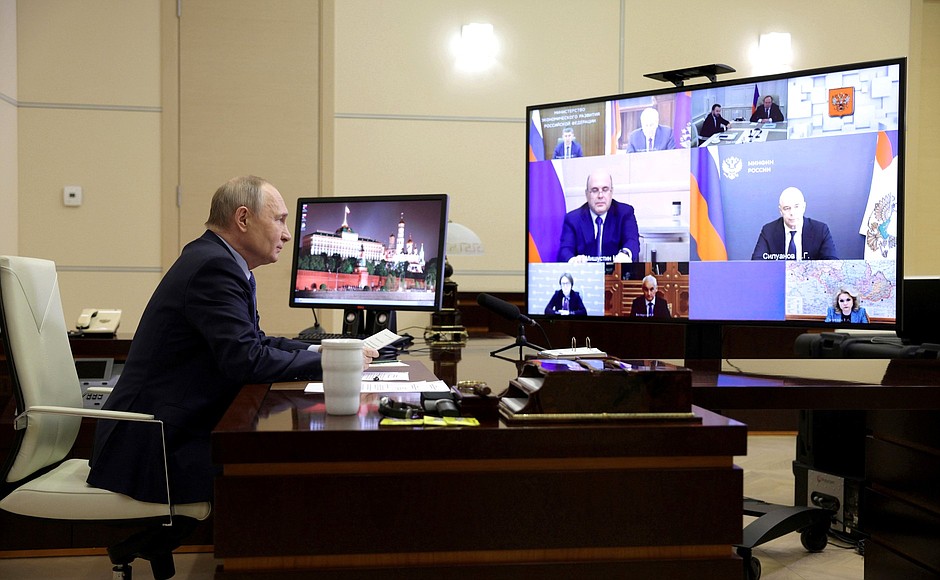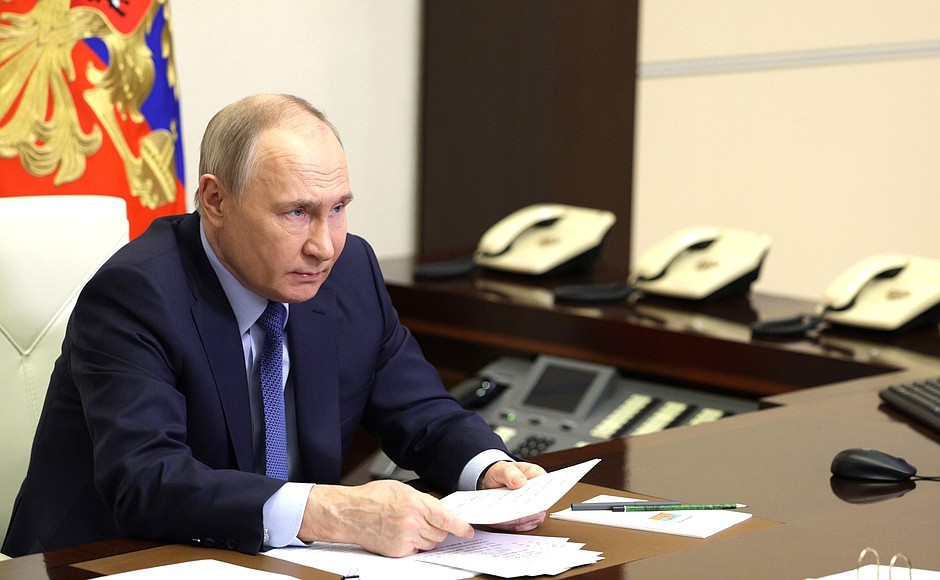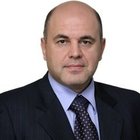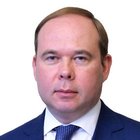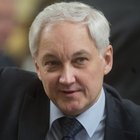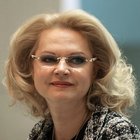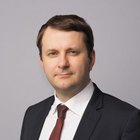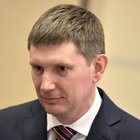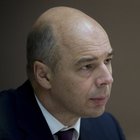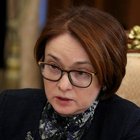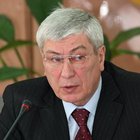The meeting was attended by Prime Minister Mikhail Mishustin, Chief of Staff of the Presidential Executive Office Anton Vaino, First Deputy Prime Minister Andrei Belousov, Deputy Prime Minister Tatyana Golikova, Presidential Aide Maxim Oreshkin, Minister of Economic Development Maxim Reshetnikov, Finance Minister Anton Siluanov, Central Bank Governor Elvira Nabiullina and Director of the Federal Service for Financial Monitoring Yury Chikhanchin.
* * *
Opening remarks at the meeting on economic issues
President of Russia Vladimir Putin: Good afternoon, colleagues.
As we agreed, I suggest that today we discuss the current state of affairs in the Russian economy, the most important industries and the financial sector. In particular, I suggest that we focus on the long-term trends reflected in the country’s socioeconomic development forecast until 2030. I would like to emphasise that this will provide the basis for implementing the initiatives outlined in the Address to the Federal Assembly. Today, we will also consider approaches to funding the projects and programmes announced in this strategic document.
First, I would like to focus on a few macroeconomic indicators.
I would like to note that in the early 2024, economic results were higher than the projections made by the Government, the Bank of Russia and certain experts. In January-February, Russia’s GDP grew by 6 percent in annual terms.
Of course, this was partly due to the so-called calendar factor, the leap year and additional working days, but even if those were factored out, the trend is still positive.
The industry is making active progress. Industrial production grew by 8.5 percent in February, which was significantly higher than in January, when growth was 4.6 percent.
Moreover, the manufacturing industries have once again demonstrated higher growth rates, which is certainly gratifying. Their growth in January was 7.5 percent, and in February, it reached as high as 13.5 percent.
Accordingly, inflation is gradually slowing down, as are inflation expectations – Russians’ assessments and assumptions about how prices will behave in the future – which is even more important.
The current state of the economy indicates that there could be an improvement in forecasts for its growth. Many experts now predict that Russia’s GDP could surge by over 3 percent by the end of the year.
I want to emphasise that forecasting is not just about making or refining predictions and then waiting to see whether they come true.
Certainly, we need proactive measures from both the Government and regional authorities to support and promote business and investment activities, including fostering the emergence of new production facilities, particularly in the high-tech sector, and creating modern employment opportunities. Moreover, it involves meeting the increasing demands of the domestic market by improving our production of goods and services to outcompete foreign suppliers. In other words, our focus should be on developing and capturing our domestic market, replacing imports through fair competition rather than administrative interventions and resources.
This goal to boost our domestic production and promote the growth of the national market embodies what we refer to as a supply-side economy. The Address outlined concrete measures for the next six years aimed at bringing about structural transformations in the Russian economy. These measures entail enhancing the country’s technological sovereignty by supporting domestic scientific research, promising startups, and the widespread adoption of innovative practices in manufacturing.
Substantial investment is earmarked for strengthening the workforce in the industry and the social sector, spanning all tiers of vocational education from colleges to universities, closely coordinated with businesses and employers.
In our efforts to promote regional development, we will initiate a comprehensive programme to modernise infrastructure, encompassing energy and utility networks, alongside the construction of new transport corridors.
As part of our commitment to support regional finances, one specific measure will involve writing off two-thirds of the budget loans, as previously agreed, and increasing the allocation of infrastructure budget loans. Our aim is to annually increase their portfolio by at least 250 billion rubles.
I want to underscore that these funds and additional resources must be directed towards ensuring stable, long-term growth in both our urban centres and rural communities, and mitigating disparities in socio-economic potential across regions.
Every citizen, regardless of their place of residence, should have equal opportunities. Essential factors include the quality of vital infrastructure for children, such as kindergartens, schools, clubs, sports facilities, and summer camps, as well as the development of healthcare and cultural systems, the environmental wellbeing of communities, and creating opportunities for youth empowerment, entrepreneurial initiatives, and more.
In the coming six years, there is much to be accomplished in these and other areas. Currently, the Government, in collaboration with the regions, is drafting relevant national projects, which are slated for approval by the end of the year.
In May, at a joint meeting of the State Council and the Council for National Projects, we will review the current results of this effort and determine the key approaches to achieving the goals outlined in the Address.
In this regard, I would like to add the following. The steady development of our economy is having a positive impact on the federal budget: its revenues considerably exceed the levels of the previous year.
Thus, non-oil and gas revenues increased by 43 percent in the first quarter, and overall federal budget revenues grew by over 50 percent on 2023. This means that our other indicators including the budget deficit, are decreasing. Consequently, we can confidently say that a solid foundation is being established for the growth of budget revenues over the entire six-year period.
However, I believe it is necessary to maintain a moderate and conservative approach to budget planning during this period. We should focus the main expenditures on those areas that yield maximum benefits for people’s quality of life, the wellbeing of Russian families, the development of territories and regions, the social sphere and infrastructure.
In this context, I propose that today we discuss the preliminary parameters of the budget for the next three years, as well as the long-term financial plan until 2030.
Let us begin our work. Maxim Reshetnikov has the floor.
<…>
